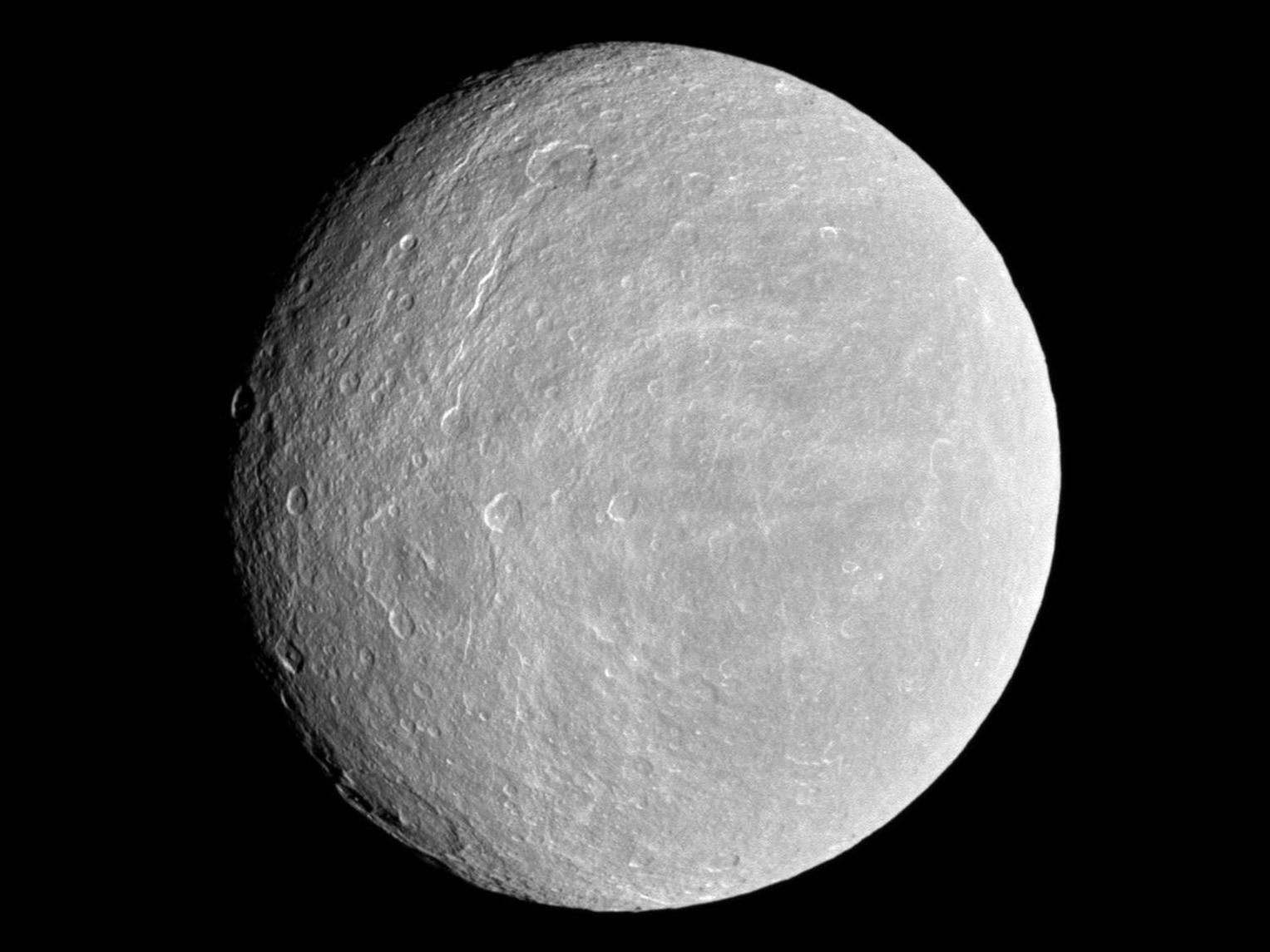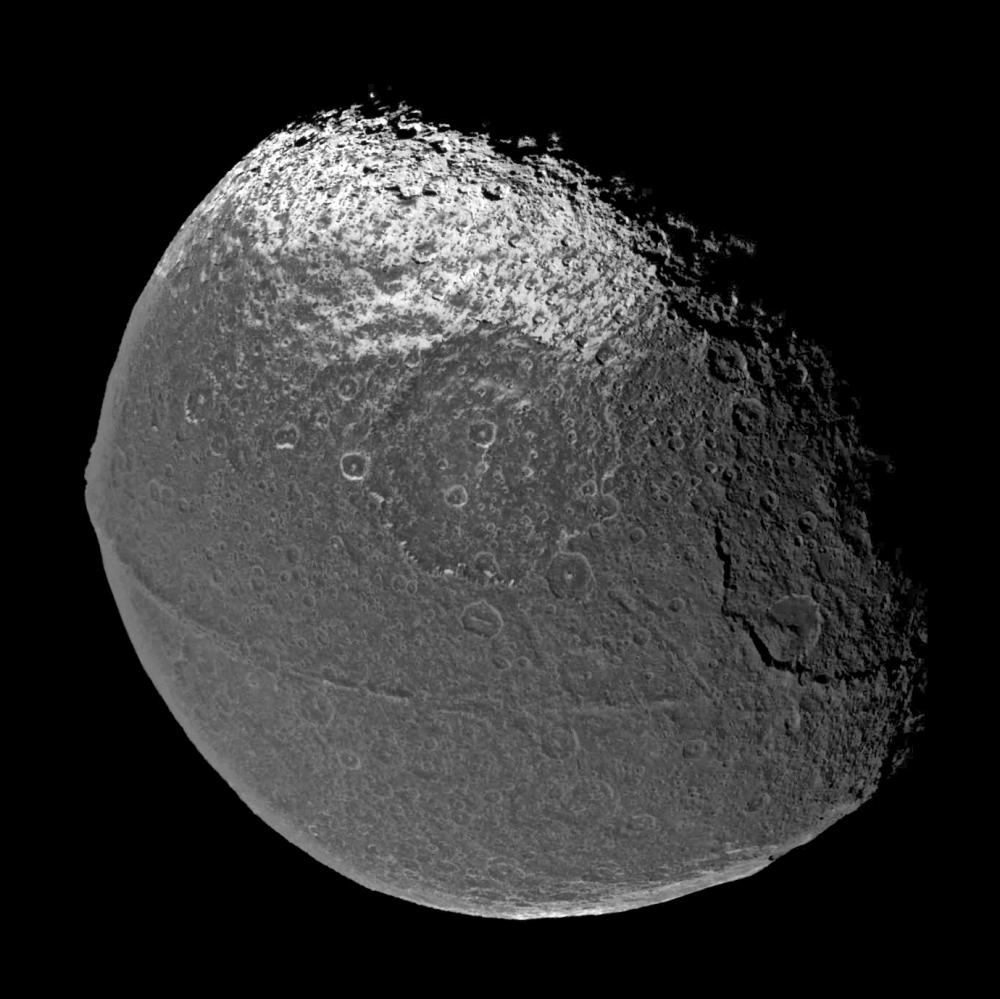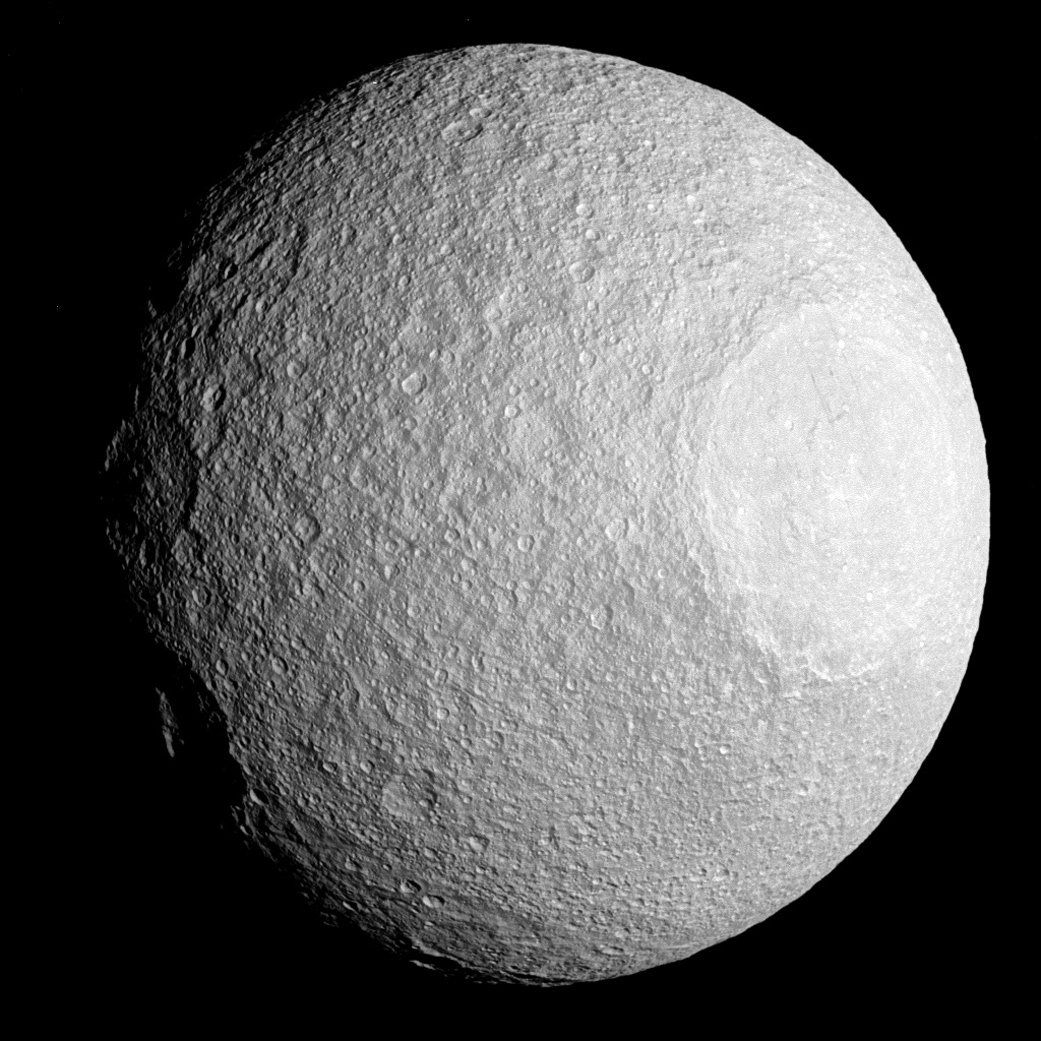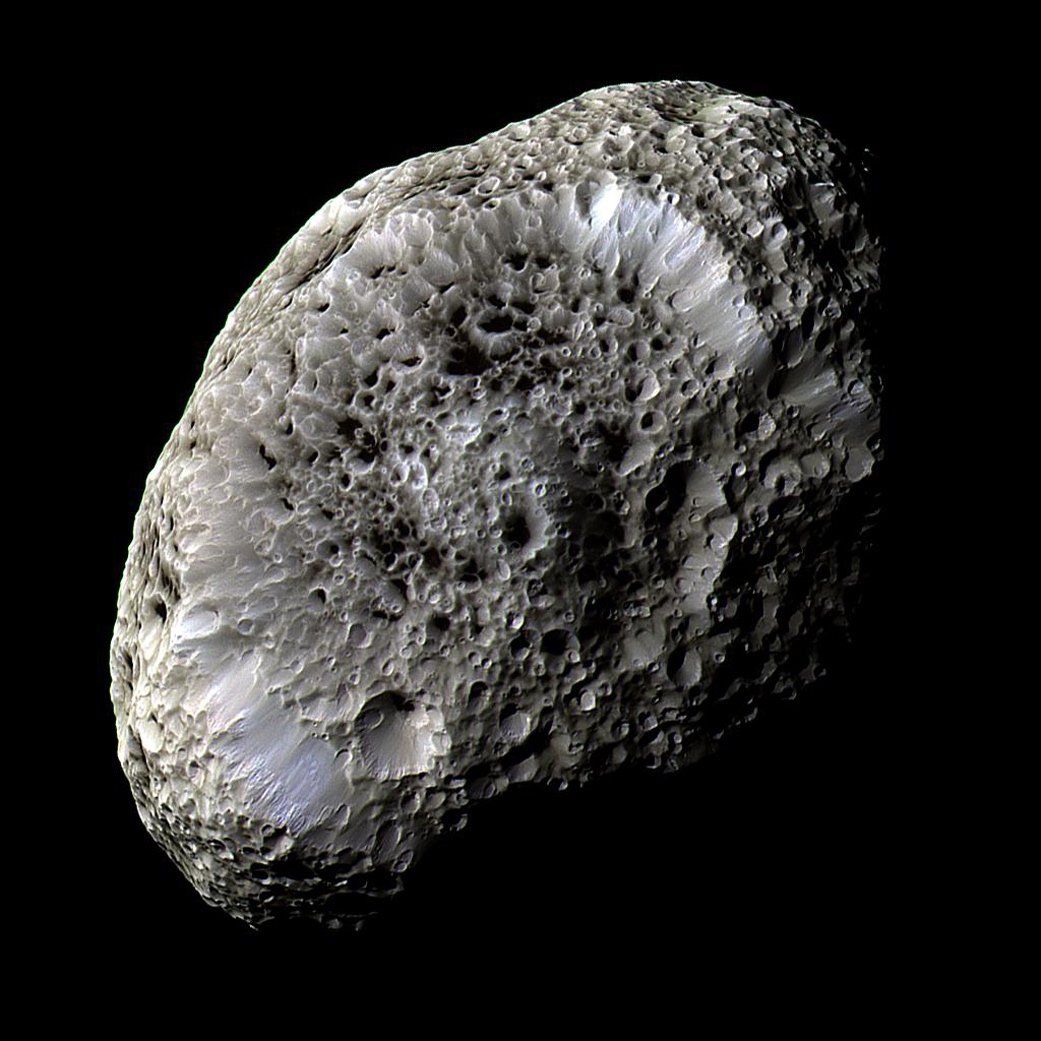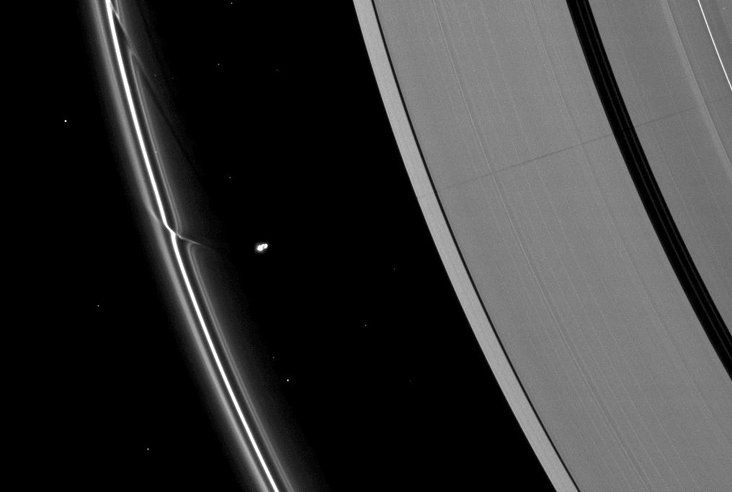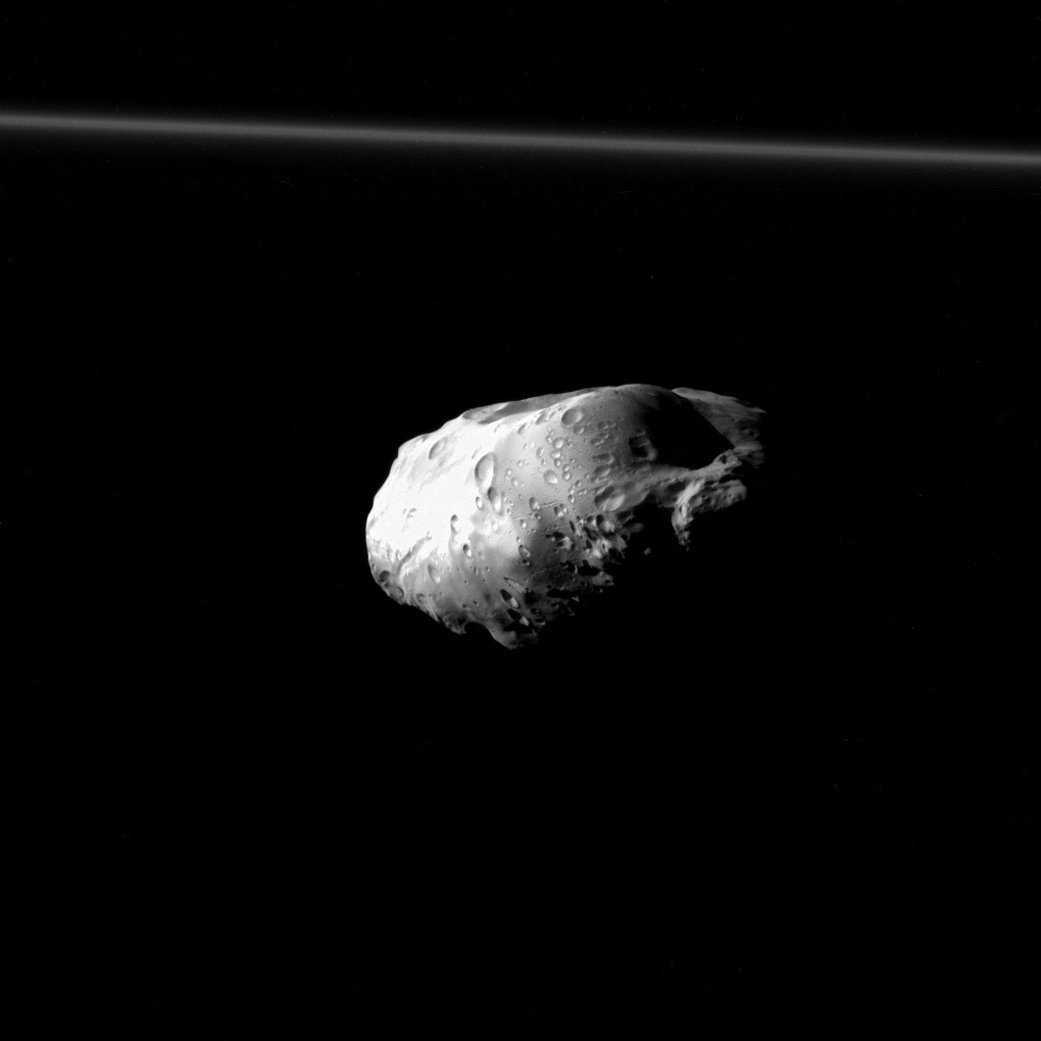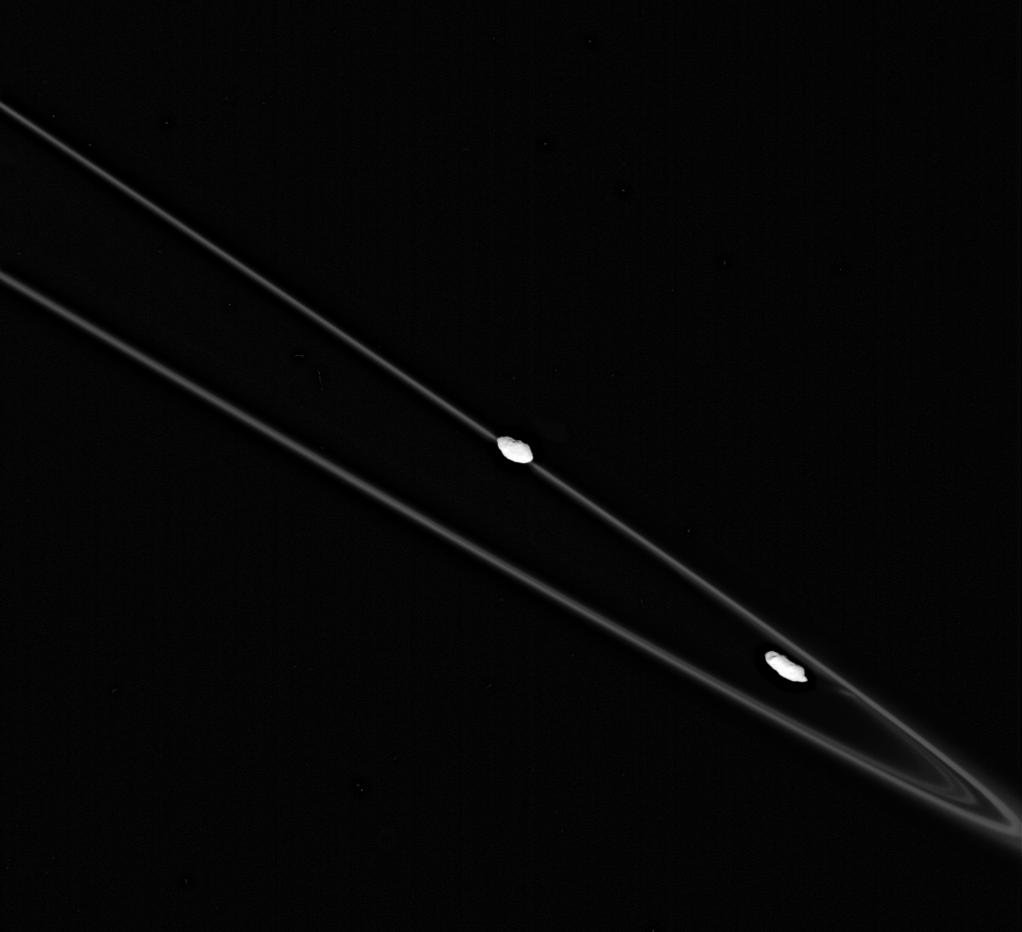This web page is created within BALTICS project funded from the European Union’s Horizon2020 Research and Innovation Programme under grant agreement No.692257.
Saturn’s moons
At least 62 moons of various sizes and compositions orbit around Saturn, of which 53 have been given an official name.
The largest of these is Titan, which contains about 96% of the total mass orbiting the ringed planet. Sixteen moons are facing Saturn at all times with the same side. Some of the moons orbit between the rings, cleaning the gaps, and some are in the rings themselves, supplementing them with particles that separate from the surface of these moons.
Titan was first discovered in 1655. For the next 200 years, Saturn’s seven largest moons had been spotted. By 1997, their number had risen to 18. During the Cassini mission, smaller and invisible moons from Earth have been discovered.
As Titan and Enceladus are covered, it is advisable to look for other more interesting moons. Information about Titan can be found here, more about Enceladus – here.
Saturn’s second largest moon is Rhea. In the past, it was thought that the moon was stratified – in its center is a core of hard rocks, surrounded by a thick crust of water ice. Recent studies suggest that Rhea is probably a homogeneous, non-stratified object that consists of 25% hard rocks and 75% water ice.
Its surface is covered by craters. The surface of Rhea can be divided into two regions. One is covered by craters with a typical diameter of 40 km, while the other part is located in smaller craters, which indicates that this surface is younger. Rhea does not need to take a pleasant atmosphere. However, in 2008, tiny rings were discovered. The moon orbits about 527,000 km from Saturn and makes one orbit in 4.5 Earth days. It was discovered in 1672 by Giovanni Cassini.
Iapetus is the third largest moon in Saturn’s system. Like other ice moons, Iapetus has a core of hard rocks surrounded by a thick crust of water ice. It is often called the yin-yang of the solar system, because one part of the moon’s surface is dark as asphalt and the other is light as snow.
The equator is surrounded by more than 10 km of mountain range, which makes Iapetus look like a walnut. Iapetus is more than 3.5 million km from Saturn. This moon is also facing the planet with the same side. It would be interesting to be on the surface of this moon, as it would offer a beautiful view of the whole Saturn ring system. Iapetus was discovered in 1671 by Giovanni Cassini.
Dione is Saturn’s second densest companion after Titan. It consists mainly of hard rocks with a slight admixture of water ice. It is possible that there is an ocean of water under the ice crust. The moon’s orbit is approximately 377,000 km from Saturn. “Snow” regularly falls on Dione’s surface from the E-ring, which is complemented by Enceladus’ geysers. Dione has huge craters with a diameter of more than 100 km. Most craters are on the side opposite Dione’s orbit. It seems logical that there should be more of them in the leading hemisphere. It is believed that in the relatively recent past, Dione has been struck by an object or several that has settled the moon upside down.
There are two small moons in Dione’s orbit – Dione’s trojans - Polydeuces and Helene. Polydeuces follows Dione, while Helene is about 60 degrees forward in Dione’s orbit. The distance of Polydeuces from Dione is variable.
Tethys is another of Saturn’s ice moons, which consists almost of pure water ice. Tethys reflects most of the received solar radiation, so the surface temperature is about -187oC. Iapetus surface temperature in dark regions, where sunlight is well absorbed, is much higher – 145oC. And in Enceladus areas, where there is clear snow and ice, even at noon the surface temperature does not rise above -198oC. On the surface for more than 2,000 kilometers of the moon stretches 65 km wide and about 4 km deep crack, called Ithaca Chasma, which is most likely formed because the crust has stuck before the deepest layers. As they froze and expanded, the crust was stretched and torn, creating a huge crack.
The second most significant surface formation on Tethys is the Odysseus crater, about 400 km in diameter. It is possible that the moon was not broken into pieces because it had partially melted at the time of the collision. Particles from the E-ring also “snow” on the surface of Tethys. Tethys shares its orbit with two more Saturn moons – the little Telesto and Calypso, which are 60 degrees ahead and 60 degrees behind Tethys, respectively. They are called the trojans of Tethys. The diameter of both moons is about 30 km.
Slightly smaller than Enceladus is Mimas, who is called the “death star” of the solar system because it resembles the huge space station seen in the art films “Star Wars”, which helped destroy the planets. This similarity is ensured by the Herschel crater, which is about 130 km in diameter. Mimas is the smallest and Saturn’s closest of the great moons. It orbits about 186,000 km and performs one orbit in just over 22 hours. Mimas consists of almost pure water ice.
Saturn’s darkest moon is Phoebe,
with a diameter of just under 220 km. It is believed that it may have been a “caught” object of the Kuiper belt, as evidenced by its retrograde motion – Phoebe moves around Saturn in the opposite direction of most moons. Its orbit is also very far away – almost 13 million kilometers from Saturn.
One of the smallest but largest of Saturn’s irregular moons is Hyperion. It looks like a cratered potato of about 300 km, which chaotically swirls around its axis almost 1.5 million km from Saturn.
Several irregularly shaped moons are so-called shepherds, which ensure the preservation of the outer edges of certain rings.
For example,
Prometheus and Pandora take care of the shape of the F-ring. These two moons were noticed in the pictures taken by Voyager. And Pan circles the A-ring in the Encke gap and ensures its existence. Particles of the outer edge of A-ring “shepherds” Atlas.
